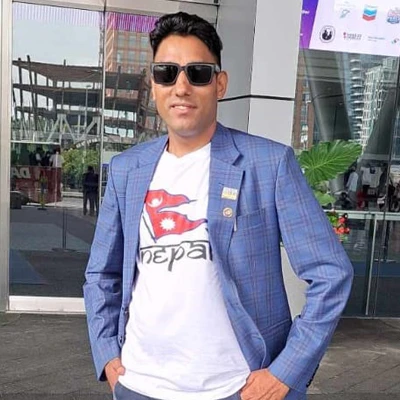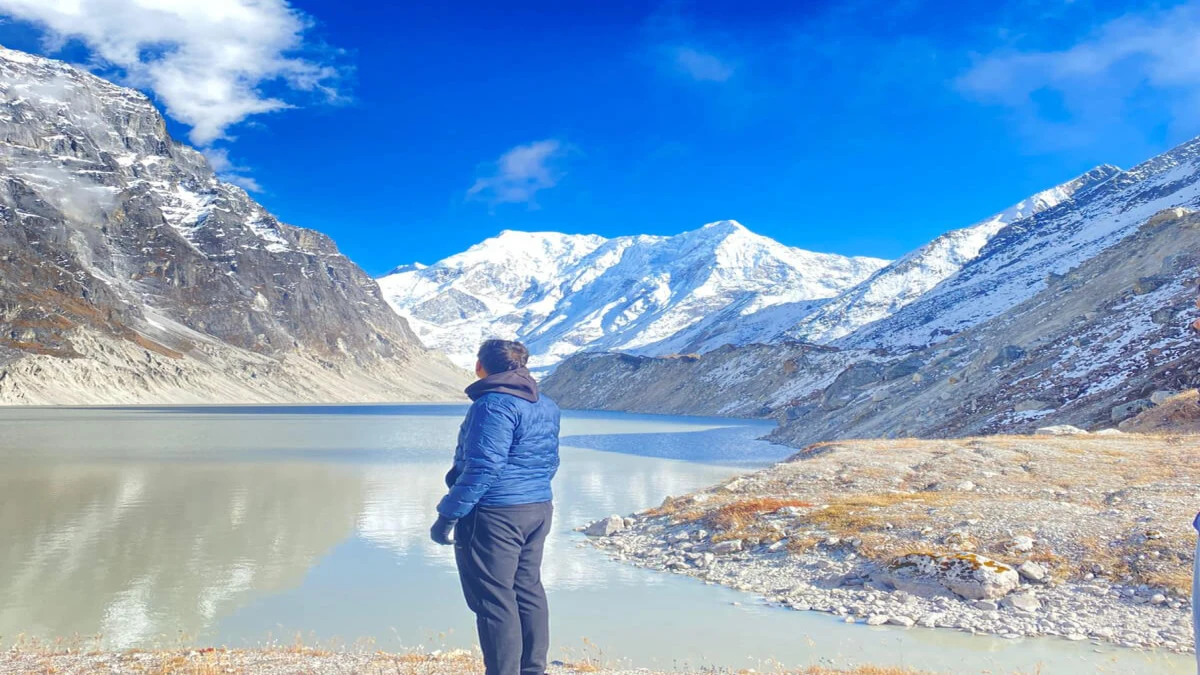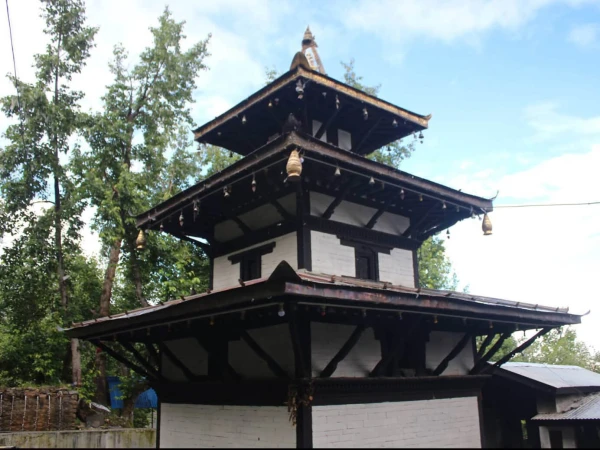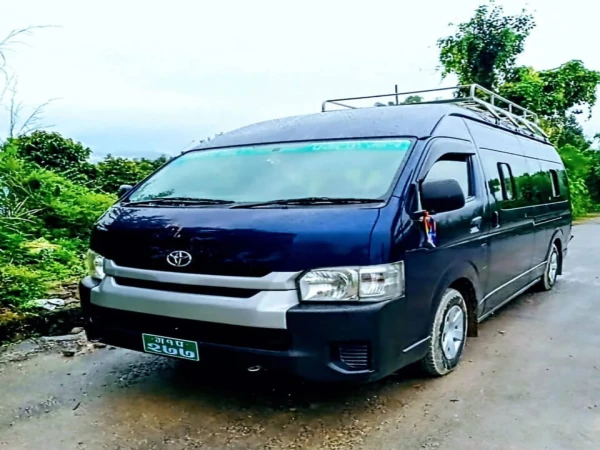Introduction to Solo Trekking in Nepal
Solo trekking in Nepal might sound scary for some people, but it is truly the purest freedom. Every year, thousands of trekkers come to Nepal for trekking. No, you don’t need friends, you are alone and enough for the Nepal trekking. Solo trekking makes you a totally different person. You’ll enter a whole different world, from small tea houses to quiet valleys and the magical mountains where everything feels like a movie scene.
Foreigners trekking alone in Nepal is so common that you’ll find many solo trekkers just like you who will turn your friends afterward, and you’ll never feel like you’re trekking alone. So if you are thinking, Is solo trekking in Nepal safe? Then the answer is definitely yes, if you know what to do, what not to do and how to plan properly.
Nepal is the world’s top trekking Destination. Nepal includes the top mountains like Everest, Annapurna, Langtang, Mardi, Manaslu, and many more. Every week, thousands of trekkers trek around these mountains, even solo. That’s why Nepal is one of the safest countries for solo trekking. But still, you need to stay prepared for the trek. In this blog, we’ll be mentioning all the essential information that you need while trekking in Nepal.
Safe trekking routes in Nepal for solo trekkers
Almost all the trekking routes in Nepal are safe, except for some remote trekking routes. Here are some of the trekking routes that is best with well marked trails, good tea houses, and safe local support.
Everest Base Camp (EBC)
- Region: Everest / Khumbu
- Duration: 12-14 days
- Why is it safe: One of the most popular treks, constant trekkers, strong rescue network, tea houses are everywhere, and the trail conditions are good.
Annapurna Base Camp (ABC)
- Region: Annapurna
- Duration: 7-12 days
- Why is it safe: The routes are well marked, easy to join groups on the way, tea houses are in every stop, popular, and well supported.
Poon Hill Trek
- Region: Annapurna
- Duration: 3-5 days
- Why is it safe: Short treks of Nepal, very popular, Many trekkers, easy navigation, great views, and many tea houses. (best for beginners)
Mardi Himal Trek
- Region: Annapurna
- Duration: 5-7 days
- Why is it safe: It is a short and scenic ridge trail, close to Pokhara, marked route, plenty of tea houses and lodges.
Langtang Valley Trek
- Region: Langtang
- Duration: 6-8 days
- Why is it safe: It is very accessible from Kathmandu, with cultural villages in every stop, tea houses available, safe and friendly environment.
These trekking routes have lodges, local people, tea houses, and many other trekkers. So, even if you are a solo trekker, you’re not alone.
Less recommended solo routes in Nepal
Not every route in Nepal is suitable for solo trekkers in Nepal. Some routes might be confusing with fewer tea houses and a higher survival risk if something goes wrong. Here are some less recommended routes for a solo trek in Nepal.
Manaslu Circuit Trek
- Region: Gorkha / Manaslu
- Why less recommended: It requires a special permit and a mandatory guide, remote, fewer trekkers, dangerous Larke Pass crossing.
Kanchenjunga Base Camp Trek
- Region: Eastern Nepal
- Why less recommended: Mountains are isolated, limited tea houses, tough trails, and rescue network is weak in this region.
Dolpo Region Trek
- Region: Western Nepal
- Why less recommended: It is extremely remote, very expensive permits, long days without settlements, and almost no solo trekkers go there.
Makalu Base Camp Trek
- Region: Eastern Nepal
- Why less recommended: It has less developed infrastructure, very few tea houses, and some chances of getting lost in forest sections.
Nar Phu Valley Trek
- Region: Annapurna restricted area
- Why less recommended: It is a restricted zone, requires a guide, many off-beat paths with low visitor traffic.
These less recommended places don’t mean they are dangerous, but in some of these trekking destinations, a guide is mandatory, and you cannot do a solo trek. If something happens on the route, then rescue can take time. The weather becomes unpredictable, and the trail might also confuse you.
What to do and what not to do if you are a solo trekker?
Solo trekking in Nepal can be amazing and peaceful. But being alone also means you need to be extra careful. Here’s a simple guide for solo trekkers in Nepal:
What to Do during your solo trek
- Plan your route carefully: Choose a popular and well-marked trail. Check the distance, tea houses, and accommodation in advance.
- Inform someone about your trek: Tell your family and friends about the trek and leave them your itinerary.
- Start slow and pace yourself: Altitude sickness makes your trek worse, so take rest days if needed and don’t rush to EBC or ABC.
- Carry a proper map or GPS: Even well-marked trails have confusing ways so offline maps and trekking apps help a lot.
- Keep essential gear and first-aid: Keep all the essential gear like warm clothes, a water filter, snacks, a power bank, and basic medicines.
- Interact with locals and other trekkers: When you’re alone, the friendly villagers and other trekkers are your support system. So, interact with them.
What Not to Do During Your Solo Trek
- Don’t trek completely off-beaten paths alone because remote trails are beautiful but sometimes scary too.
- Don’t ignore the weather updates.
- Don’t skip acclimatization because altitude can hit hard.
- Don't rely on your phone because the network is unreliable in many Himalayan regions.
- Don’t overpack or underpack: Heavy bags slow you down, but missing essentials can put you in trouble too.
Conclusion
Solo trekking in Nepal is more than a journey. And yes, Solo trekking in Nepal is safe if you choose the right route, the right season, and the right mindset. Solo trekking makes you confident, your legs get strong, and your mindset also becomes powerful. Nepal’s mountains are so beautiful, and if you’re alone, they talk to you in silence. When you do your trekking right, solo trekking in Nepal doesn’t just take you to the Himalayas, it takes you closer to yourself. And this is a journey that no guide or group can ever replace. If you have any queries or need help planning your solo trek, then you can always askHimalayan Partner. We’re always ready to guide you.





